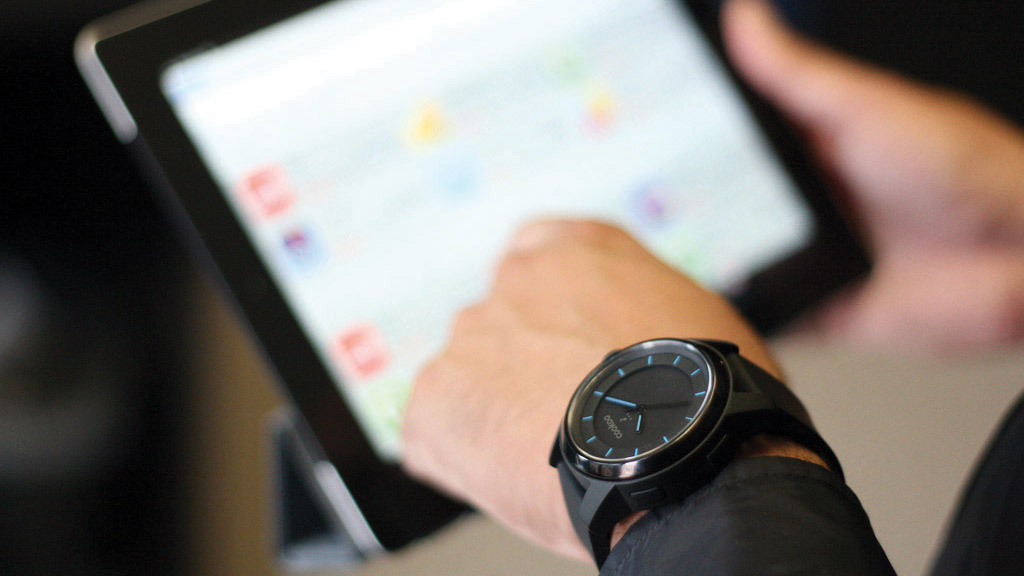Wearable tech and the future: from solar clothes to smart tattoos
A look at wearables now and down the line

Wearable tech currently allows us to interweave technology even further into everyday life. In fact, wearable technology is set to transform our lives: from healthcare to gaming and augmented reality. Will we all soon be wearing tech devices? Probably. So it is no wonder that there could be one public Wi-Fi hotspot for every 20 people on this planet by 2018. Without Wi-Fi, wearable technology would not exist.
What is wearable tech?
Wearable technology is absolutely as it sounds – any electronic technology or computer that is incorporated into items of clothing and accessories. Most of us own a smartphone and many have heard of fitness trackers and even smartwatches. You guessed it, there is even more out there to explore.
The smartest of these wearable devices can perform more tasks than we might expect from a computer or laptop that is already on our desk waiting for us when we arrive at work. In fact, in many cases, wearable tech is even more highly developed and sophisticated – this is because it can be used to scan, track and provide sensory feedback on ourselves as well as for biofeedback or physiological functions.
Wearable tech communicates in real-time
This means that we can get our information instantly from our smart wearables, be they smartwatches, smart glasses or hearing aid devices. The whole idea of wearable technology is that we remain hands-free, online all the time, and we can experience seamless and portable access to the data we need exactly when we need it. At present, we are completely getting used to having data presented to us instantaneously.
Let's discuss a couple of prominent examples of wearable tech…
Health tracking devices
These remove any form of denial when trying to get fit and healthy – think New Year's Resolutions (if you haven't already broken them)! Health trackers are actually classed by some as a type of smartwatch as they are worn on the wrist. They basically allow your body to talk to you as you attempt to improve your BMI. Health trackers provide feedback on things such as heart rate, body fat and weight, and even your skin's electric conductivity.
The Simband, for example, is equipped with six sensors. The six sensors it comes with can keep tabs on your daily steps taken, heart rate, blood pressure, body temperature, and how much sweat your sweat glands are producing.
Sign up to the TechRadar Pro newsletter to get all the top news, opinion, features and guidance your business needs to succeed!
Listening to your whole body can be important for the maintenance of good health. For example, measuring your GSR (galvanic skin response – or sweat to you and I) can provide an indication of how stressed you might be. It could also be a great measure of situations causing the highest stress response, to warn people who are suffering from stress-related illnesses, and highlight which situations are best avoided.
This can be difficult, of course, should stress relate to work or the school run. However, it might also indicate which behaviours lead to the least stress response and maybe where to go, or what to do, to reduce the effects of any stressful experiences. All of the information can be wirelessly synced to statistics with online graphs, to keep you on track when it comes to all your personal health and fitness goals.
Smartwatches
If total feedback on your body's health doesn't sound like quite enough info, then perhaps it's time look into a smartwatch. Some smartwatches will enable you to download all fitness data onto apps as well as being a small portable computer. This technology effectively lets you get the measure of your whole life.
A smartwatch originally performed what now seem like simpler tasks such as calculations, translations, and games. A traditional smartwatch still acts as a timekeeping device but also includes the features we expect from our devices today: calls, texts, emails and even web browsing. The earlier smartwatches required a paired smartphone, connected wirelessly through Bluetooth to work.